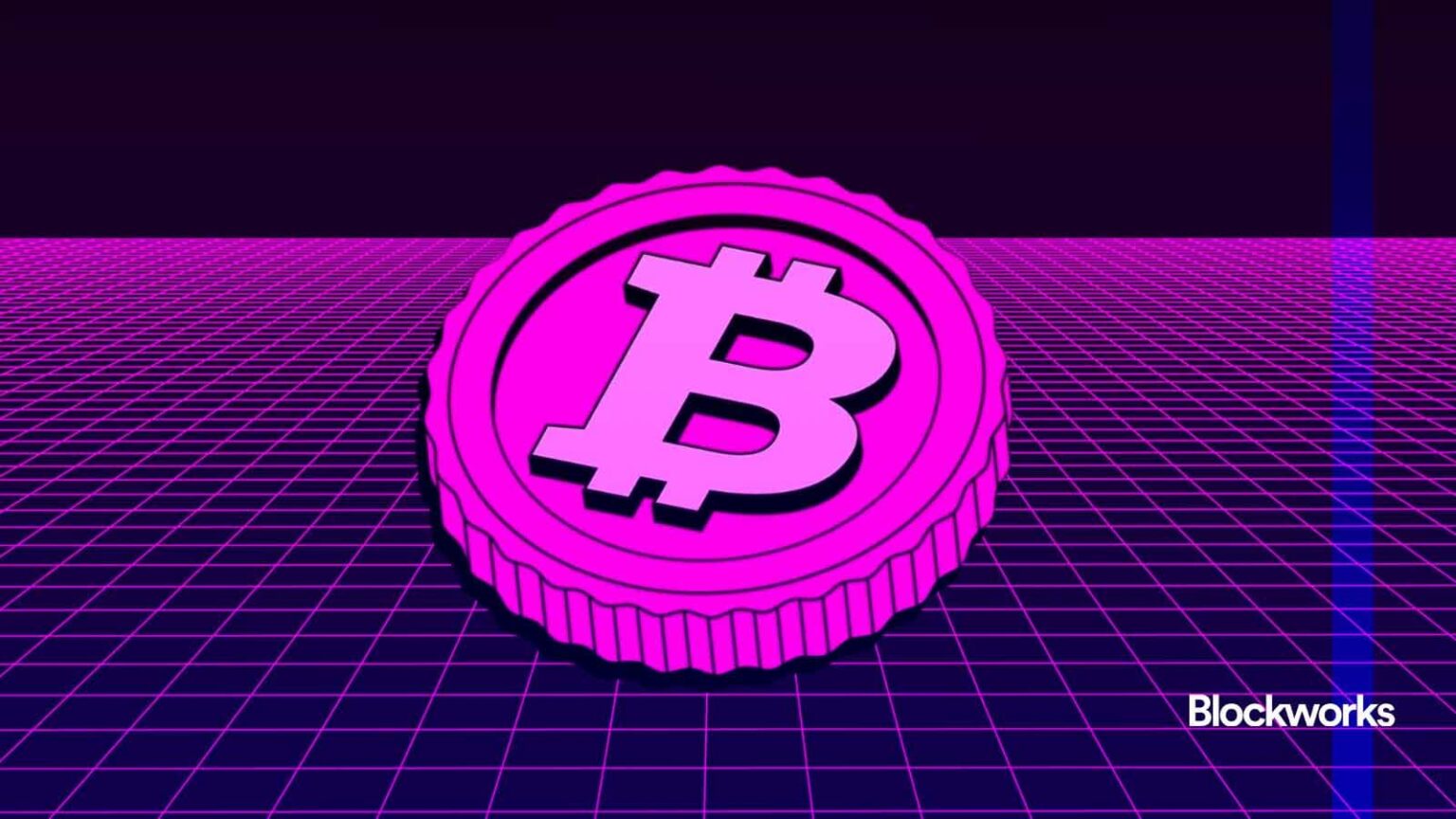The 2011 Bitcoin Crash: A Lesson in Digital Resilience
A common refrain in the cryptocurrency world today posits that the scenario where Bitcoin (BTC) reaches a price of zero no longer exists. Proponents argue that BTC now serves a function akin to gold during the nascent stages of banking.
Fact or Fiction?
Fictional representations aside, the assertion that a zero price for Bitcoin is now implausible holds a core element of truth. The market conditions of 14 years ago, however, were vastly different.
From Near Collapse to Resilience
On June 19, 2011, Bitcoin experienced a precipitous crash – the closest the nascent cryptocurrency ever came to its supposed death. This event, confined primarily to the then-dominant exchange Mt. Gox, serves as a stark contrast to the cryptocurrency’s current resilience.
The Crash Unfolds
Balloon-like, the price of BTC had soared beyond $26 in the initial weeks of June before beginning a steep descent. Concerned observers watched as the price dropped from a high of $26 to as low as $0.01 within a single day, raising questions about the stability of the fledgling asset.
Cause and Effect
The precipitating factor behind the crash was the unauthorized access to Mt. Gox’s user database. An anonymous hacker, operating under the pseudonym “~cRazIeStinGeR~”, had posted the stolen data on Pastebin approximately two days prior.
Compounding the issue on June 18th, new owner Mark Karpelès issued a statement attributing user account thefts to victims themselves, a claim later proven false.
Theft, Not Just Weak Passwords
Investigation revealed that numerous user accounts had already been compromised for days, or even weeks, before the coordinated dump that triggered the crash. An individual known only as “georgeclooney” on defunct forums sought password cracking services, indicating prior knowledge of the breach.
The Mechanics
At precisely 5:15 pm UTC, the hacker executed a massive sell-off of hundreds of thousands of BTC, overwhelming Mt. Gox’s systems. Processing took over 30 minutes, during which time the exchange became unresponsive.
In total, more than $1.5 million worth of BTC was traded out during the sell-off, representing a substantial portion of the exchange’s daily volume at the time.
Damage Control
Critical to mitigating the damage was Mt. Gox’s existing withdrawal limit of $1,000 for both USD and BTC. This restriction prevented the hacker from liquidating their entire holdings.
The exchange’s subsequent decision to roll back the trading engine to a point before the compromised accounts initiated their sell was controversial but ultimately preserved the platform from complete collapse.
Legacy
The 2011 crash stands as a pivotal moment in Bitcoin’s history. It demonstrated the extreme fragility of the nascent ecosystem while ultimately contributing to the development of institutional safeguards and market mechanisms that have bolstered the cryptocurrency’s status as a potential digital store of value.












